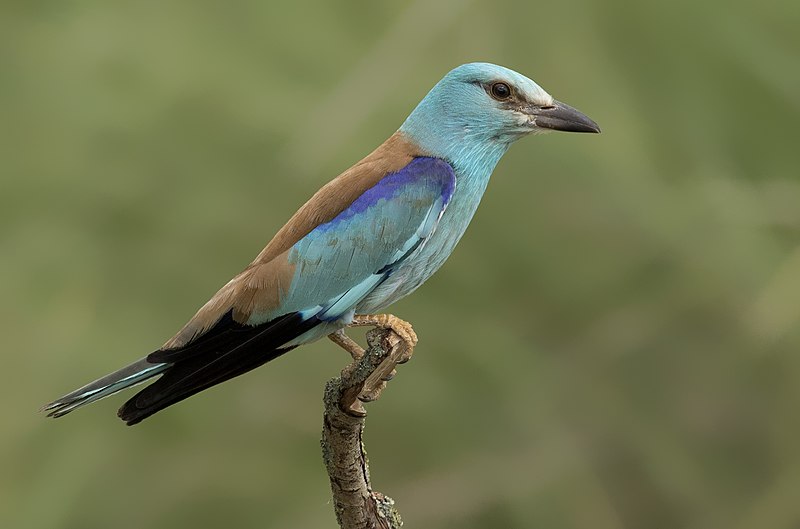Facts for Kids
Coraciidae is a family of colorful Old World birds known as rollers, famous for their playful aerial acrobatics and vibrant plumage.
Overview
Interesting Facts
Species Diversity
Conservation Status
Cultural Significance
Habitat And Distribution
Physical Characteristics
Reproduction And Nesting
Diet And Feeding Behavior
Taxonomy And Classification
Vocalizations And Communication

Inside this Article
Sri Lanka
Happiness
Woodlands
Crickets
Building
European
Insect
Season
Indian
Blue
Are
Did you know?
🦜 Rollers are colorful birds found mainly in Europe, Africa, and Asia.
🌍 There are 12 species of rollers, including the European, Indian, and African Roller.
🎨 Rollers often have striking feathers in colors like blue, green, and purple.
🐜 Their diet mainly consists of insects such as grasshoppers and beetles.
🌼 During courtship, males perform acrobatic flight displays to attract females.
🐣 Rollers lay 3 to 6 eggs that are pale blue or white.
🎶 They communicate through unique calls, including soft coos and loud rolling sounds.
🌱 Some species of rollers are facing threats due to habitat loss.
🦗 Rollers can catch insects midair with their strong beaks.
😊 The Indian Roller is considered sacred in some cultures and is a symbol of good fortune.
Introduction
Interesting Facts
Species Diversity
The most well-known is the European Roller, but there are others like the Indian Roller and the African Roller. Each species is adapted to its specific habitat, showcasing different colors and vocalizations. Some species, like the Blue Roller, are less commonly seen and are found in specific regions. Understanding the diversity among rollers helps us appreciate these amazing birds and the roles they play in their environments!
Conservation Status
Cultural Significance
Habitat And Distribution
Physical Characteristics
Their bodies are medium-sized, with a stout bill and short legs. Most rollers have long, pointed wings that help them soar gracefully through the air. The European Roller can reach lengths of about 26-28 cm (10-11 inches), while its wingspan can be 60-65 cm (23-25 inches). Some rollers also have beautiful markings on their wings and tails. Their unique appearance helps them blend into their habitats while hunting or resting.
Reproduction And Nesting
Diet And Feeding Behavior
Taxonomy And Classification
The 12 species of rollers include the European Roller, the Indian Roller, and the African Roller. Each of these birds has its unique characteristics, but they share common traits like bright plumage and playful behavior. Scientists study these birds to understand their behavior and differences. Rollers are closely related to other birds in the Coraciiformes order, sharing a similar look and family traits!
Vocalizations And Communication
They are known for their variety of calls, including soft coos and sharp whistles. During territorial displays, you might hear loud, rolling calls to warn other birds to stay away. Males often sing to attract females during mating season, showing off their vocal skills. Rollers can communicate through body language, too, like puffing up their feathers or showing off their colorful wings. These sounds and movements help them share important messages in their environment!

